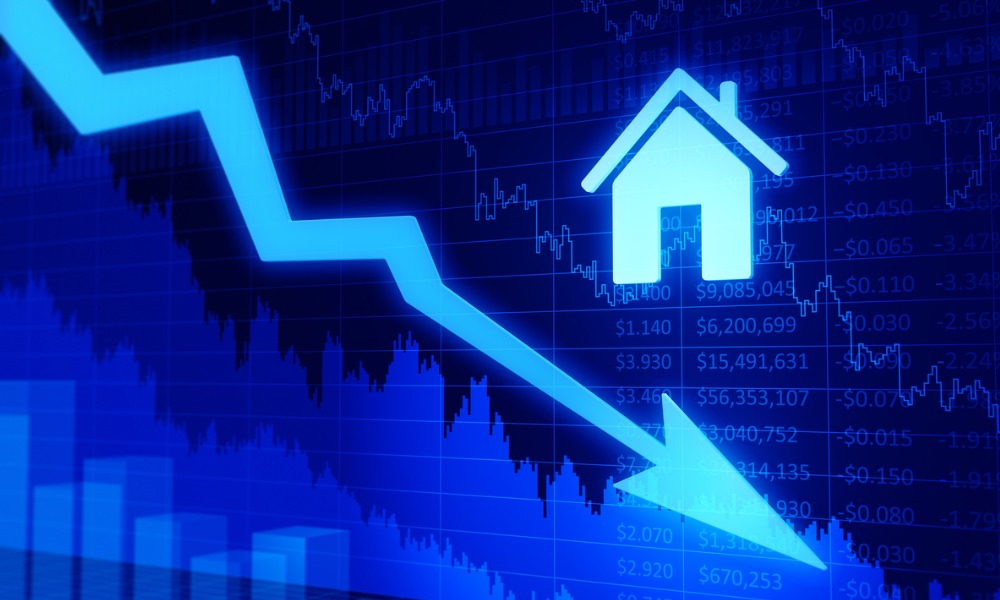But prices continue to accelerate annually thanks to renewed buyer enthusiasm

US home prices ended a nine-month streak of gains in November, bringing prices back to levels seen in the summer months, according to the latest S&P CoreLogic Case-Shiller Home Price NSA Index.
Month-over-month home price figures for November revealed a slight dip, with the national index and the 20-City Composite both experiencing a 0.2% decrease and the 10-City Composite seeing a 0.1% drop. However, after accounting for seasonal adjustments, there was a slight increase in these indices.
“US home prices edged downward from their all-time high in November,” said Brian Luke, head of commodities, real and digital assets at S&P DJI. “The streak of nine monthly gains ended in November, setting the index back to levels last seen over the summer months. Seattle and San Francisco reported the largest monthly declines, falling 1.4% and 1.3%, respectively.”
Annual growth, however, continued to accelerate through the winter. The index showed a 5.1% increase in home prices in November, up from 4.7% the previous month. This trend was mirrored in the 10-City and 20-City Composites, which increased to 6.2% and 5.4%, respectively, outpacing their earlier gains.
Leading the charge, Detroit registered the highest annual growth among the 20 cities surveyed, with an 8.2% gain. San Diego followed closely with an 8% rise, while Portland stood out as the only city to report a year-over-year price drop, decreasing by 0.7%.
Read next: Black homebuyers hit hard as housing affordability nears record low
“Home price growth registered solid monthly gains despite mortgage rate surge before the Fed December meeting, which weighed heavily on already existing affordability challenges,” CoreLogic chief economist Selma Hepp said in a statement. “With mortgage rates now lower and spring home buying demand already lurking, home prices will continue to rise, especially considering the outsized pent-up demand for homes coming from young buyers, those who have been waiting for lower rates, and a huge influx of immigrants over the last couple of years.”
“The house price decline came at a time where mortgage rates peaked, with the average Freddie Mac 30-year fixed rate mortgage nearing 8%, according to Federal Reserve data,” Luke added. “The rate has since fallen over 1%, which could support further annual gains in home prices.”
Stay updated with the freshest mortgage news. Get exclusive interviews, breaking news, and industry events in your inbox, and always be the first to know by subscribing to our FREE daily newsletter.



